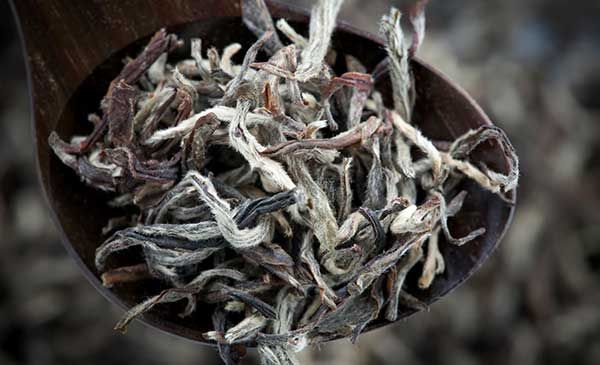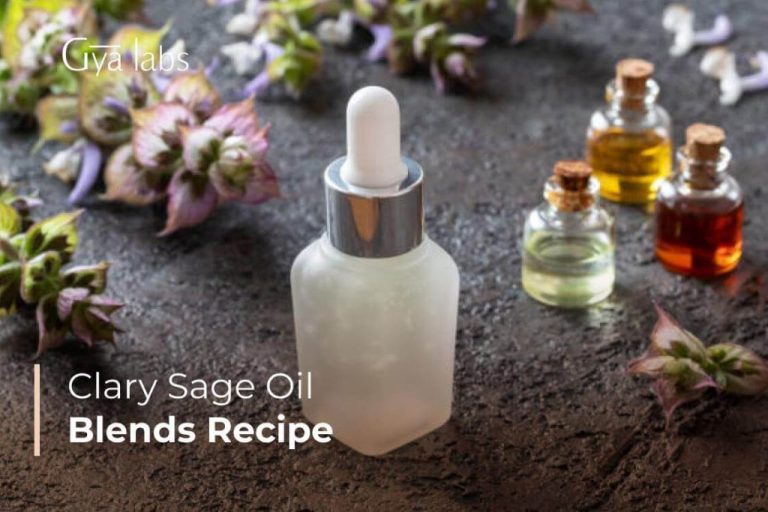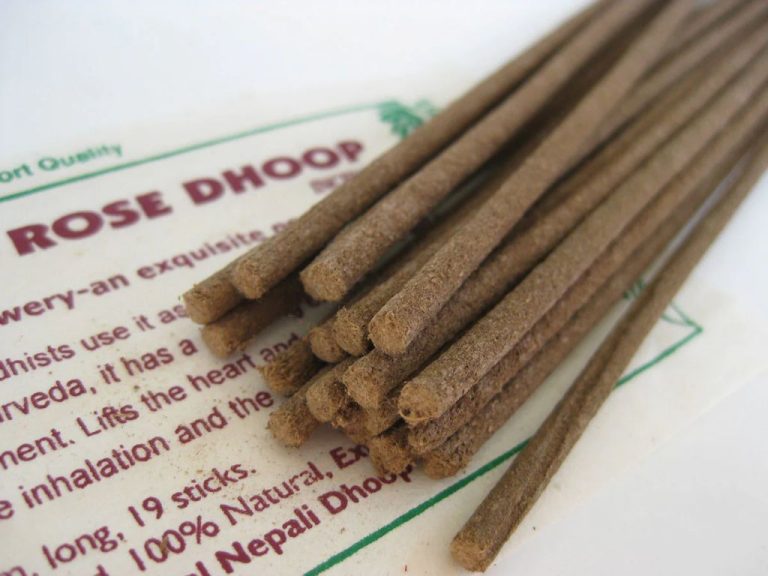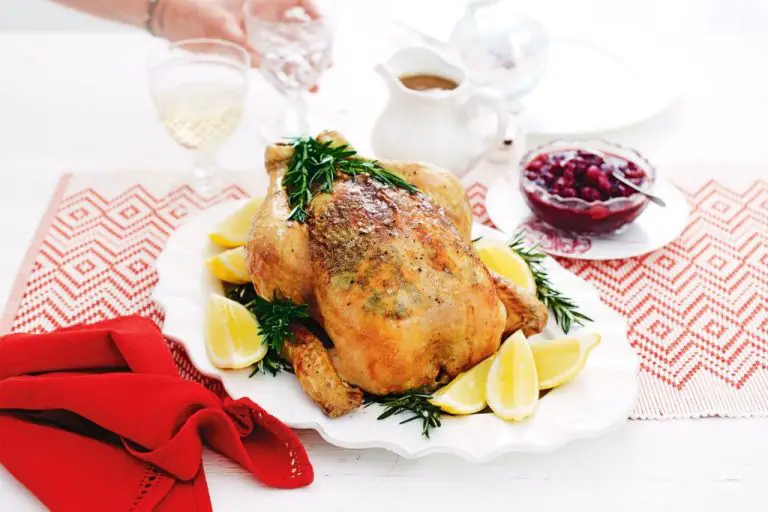Which Candle Fragrance Is Best?
Candle fragrances can set the mood, enhance a space, and evoke memories. The scent of a lit candle engages the sense of smell, sending signals to the limbic system of the brain which processes emotion and memory. This makes choosing the right fragrance an important decision. While scent preference is highly personal, certain common trends emerge in which fragrances are considered relaxing, energizing, or nostalgic.
Flowery aromas like lavender and rose are frequently chosen for relaxation, while scents like lemon and peppermint are associated with energy and focus. Seasonal fragrances help create an immersive atmosphere, from pine in winter to ocean breeze in summer. Overall, the fragrance market offers a wide array of options to match one’s tastes and desired effects.
This article explores popular candle fragrances and how they impact people. It provides tips for choosing a scent based on your preferences and needs. While smell can be subjective, understanding the science and psychology behind fragrance will help determine the ideal candle for any time and place.
Most Popular Candle Scents
When it comes to candle scents, some fragrances tend to be more popular and sell better than others. Here are some of the most common and best-selling candle scents:
- Lavender – Known for its relaxing and stress-relieving properties, lavender is one of the most popular fragrances for candles.
- Vanilla – A universally loved scent, vanilla candles smell sweet and comforting.
- Fresh linen/laundry – These clean scents are refreshing and uplifting.
- Citrus – Bright, energizing scents like lemon, orange, grapefruit, etc. are perennial favorites.
- Pumpkin spice – A seasonal candle scent that evokes cozy fall vibes.
- Apple cinnamon – Another popular autumnal fragrance choice.
- Pine/evergreen – These “Christmas tree” scents are hugely popular in winter.
- Cookies/sweets – Candles that smell like freshly baked goods are always crowd-pleasers.
- Floral – Rose, jasmine, lilac and other floral scents have romantic appeal.
These familiar, tried-and-true fragrances are ones that consistently sell very well and tend to have mass appeal.
Factors that Influence Fragrance Preference
Our preference for certain scents is very personal and influenced by a variety of factors. Memory and nostalgia play a big role in which candle fragrances appeal to us. Scents can remind us of childhood memories, certain people, past experiences, or travel destinations. For example, the smell of fresh baked cookies may remind you of spending time in your grandmother’s kitchen. A pine or fir scent can conjure up memories of family holidays around a Christmas tree.
Mood and seasonality also impact which fragrance we find pleasing in the moment. During the winter months, we often seek out warming fragrances like cinnamon, clove, and vanilla. In spring and summer, lighter and fresher scents like lemon, ocean breeze, or wildflowers tend to be more appealing. Some people burn floral fragrances to boost their mood on a difficult day, or reach for a bracing peppermint candle to feel energized.
When sampling different candle fragrances, take note of how they make you feel and what memories or emotions they evoke. This can help guide you towards scents that provide a soothing, nostalgic, or uplifting experience when burning a candle.
Best Scent for Relaxation
If you’re looking for a candle scent that will help you relax and unwind, experts often recommend fragrances like lavender, chamomile, and other floral or herbaceous scents. Here’s a bit more about why these types of scents are ideal for relaxation:
Lavender is frequently touted as one of the best scents for relaxation. Studies have found that lavender oil has sedative and anxiety-reducing properties. The scent of lavender can lower heart rate and blood pressure, which helps your body relax. Lavender also has a fresh, calming aroma that can make you feel peaceful.
Chamomile is another herb that is commonly used for its calming and sleep-promoting abilities. Like lavender, chamomile has a mild, pleasant scent that can help soothe nerves. Burning a chamomile-scented candle in the evening can make it easier to unwind before bedtime.
Scents like jasmine, rose, and vanilla also have soothing, sedative qualities that make them relaxing fragrances. The sweet, floral aromas of these candles can help take the edge off and create a tranquil atmosphere.
When shopping for a relaxation candle, look for ones with essential oils like lavender, chamomile, jasmine or other floral extracts. Stay away from candles with intense spice, citrus or mint scents, as these can be invigorating rather than relaxing.
Best Scent for Concentration
When it comes to picking a candle scent that will help you focus and concentrate, some fragrances are better than others. Scents like peppermint and rosemary are excellent choices if you want to feel more alert and focused.
Peppermint has a fresh, minty aroma that is energizing and stimulating. Studies have shown that peppermint’s menthol content can improve cognitive performance and focus. Just smelling the crisp peppermint fragrance can provide a boost in energy and mental clarity. Burning a peppermint candle while you study, work, or need to concentrate will help awaken your mind and sharpen your focus.
Rosemary is another top scent for improving concentration. This herbaceous fragrance has a piney, rejuvenating scent that can aid memory and mental activity. Research has demonstrated rosemary’s ability to significantly enhance memory retention in tested subjects. When you light a rosemary candle while completing important tasks or projects requiring concentration, its vibrant, herbaceous aroma will help stimulate your mind and enhance your focus.
If you want to feel more motivated and zeroed-in, choose a candle with invigorating peppermint or rosemary scents. Their fresh, herbal fragrances will help stimulate your senses, improve clarity and make focusing easier when you need to concentrate most.
Best Seasonal Scents
Candle fragrances that match the season or holiday can be a delightful way to set the mood in your home and celebrate the time of year.
During the colder winter months, warm, cozy scents like cinnamon, vanilla, gingerbread, pine, and woodsy aromas can help make the indoors feel more welcoming. These rich, hearty fragrances evoke images of holidays like Christmas and Hanukkah. Woodsy scents like pine, cedar, and fir can transport you to a winter forest, while baking scents remind people of homey holidays spent with family.
As the weather warms in springtime, fragrant floral scents come into bloom and capture the fresh energy of the changing season. Floral aromas like jasmine, rose, lilac, and cherry blossom are uplifting and remind us of nature’s renewal during spring. Citrus scents like lemon, orange, and grapefruit also evoke spring’s bright, energetic spirit. These bright fragrances can help shake off winter doldrums.
Matching your candle scent to the season is a great way to accentuate the unique mood and energy of each special time of year.
Gender Differences in Fragrance Preference
When it comes to fragrance preferences, there are some distinct differences between men and women. Studies have shown that women tend to prefer floral scents like rose, jasmine, and lavender. The prevailing theory is that this preference is biologically ingrained – floral fragrances contain chemical compounds that are similar to female pheromones. Smelling floral scents can have a soothing, calming effect on women.
Men, on the other hand, are often drawn to woody or spicy scents like cedar, sandalwood, and cinnamon. These fragrances contain compounds like cedrol that are reminiscent of male pheromones. Woodsy fragrances are associated with masculinity and can have an grounding effect on men.
Of course, personal preference plays a role as well. Not all men like woody scents and not all women like florals. But in general, the fragrance industry does target floral scents to females and woody scents to males through marketing and branding. So if you’re choosing a candle as a gift, it’s a safe bet to pick a floral scent for a woman and a woody or spicy scent for a man.
Age Differences in Fragrance Preference
When it comes to preferred candle scents, there are some notable differences across age groups. For older adults, nostalgic scents often bring back fond memories and provide comfort. Scents like lavender, roses, and vanilla are popular among seniors because they are reminiscent of their youth. Smells can trigger emotional memories and make people feel instantly transported back in time. For this reason, nostalgic fragrances that were popular decades ago remain favorites for older generations today.
On the other end of the spectrum, young adults tend to prefer trendier, contemporary fragrances like sugared citrus, berry blends, or exotic aromas like fig and teakwood. Teens and college students are usually drawn to foodie scents like cake, cotton candy, and other sweet treats. Unlike seniors, who find comfort in familiar smells, younger generations are often looking to try new and novel fragrances. They want scents that feel fresh, fun, and align with their youthful lifestyle.
While personal preference plays a role, nostalgia is a key factor driving fragrance choices among older adults. Scents associated with happy memories from their upbringing continue appealing to seniors long after they were first popular. For younger generations looking to try new things, the latest scent trends hold more appeal.
Tips for Choosing a Candle
When selecting a candle, it’s important to consider factors like room size and scent families. Here are some tips to help you choose the right candle:
Consider the size of the room you want to scent. Large rooms and open spaces require candles with more fragrance oil and a stronger throw. Look for candles labelled for large rooms or open concepts. For small rooms like bathrooms, candles with subtle scents will suffice.
Think about scent families and categories. Florals, fruits, baked goods, herbs, and woody scents are popular options. Consider when and how you want to use the candle. Florals and fruits can energize, while woody and herbal scents are relaxing. Baked goods and gourmand smells may stimulate appetite.
Take your senses for a test drive before buying. Smell different scent options to find what you’re attracted to. Think about the ambiance you want to achieve. Burn candles for short periods first to experience how the scent interacts in the space before committing.
Don’t overlook wick size, soy vs paraffin wax, and burn time when comparing candles. These factors impact performance. Review product details and descriptions when making your selection.
Conclusion
In summary, the best candle fragrance depends on your individual preferences and needs. Floral scents like lavender and jasmine are soothing and ideal for relaxation. Citrus scents like grapefruit and orange provide an energizing lift and aid concentration. For seasonal enjoyment, cinnamon and pumpkin spice are perfect for fall and winter, while fruity scents like peach work well in spring and summer.
Women tend to favor lighter, sweeter fragrances like vanilla and rose, while men often prefer woodsy scents like cedar and pine. Fragrance preferences also evolve with age. Young adults may enjoy trendy scents like coconut and mango, while seniors are drawn to nostalgic fragrances like lilac and lily of the valley.
When choosing a candle, consider when and where you’ll be burning it and what mood you want to cultivate. Seek out high quality candles with subtle, natural fragrances. Be wary of overpowering synthetic scents that can trigger headaches or allergies. With a little thought and experimentation, you can find the perfect candle to fill your space with delightful aroma.






